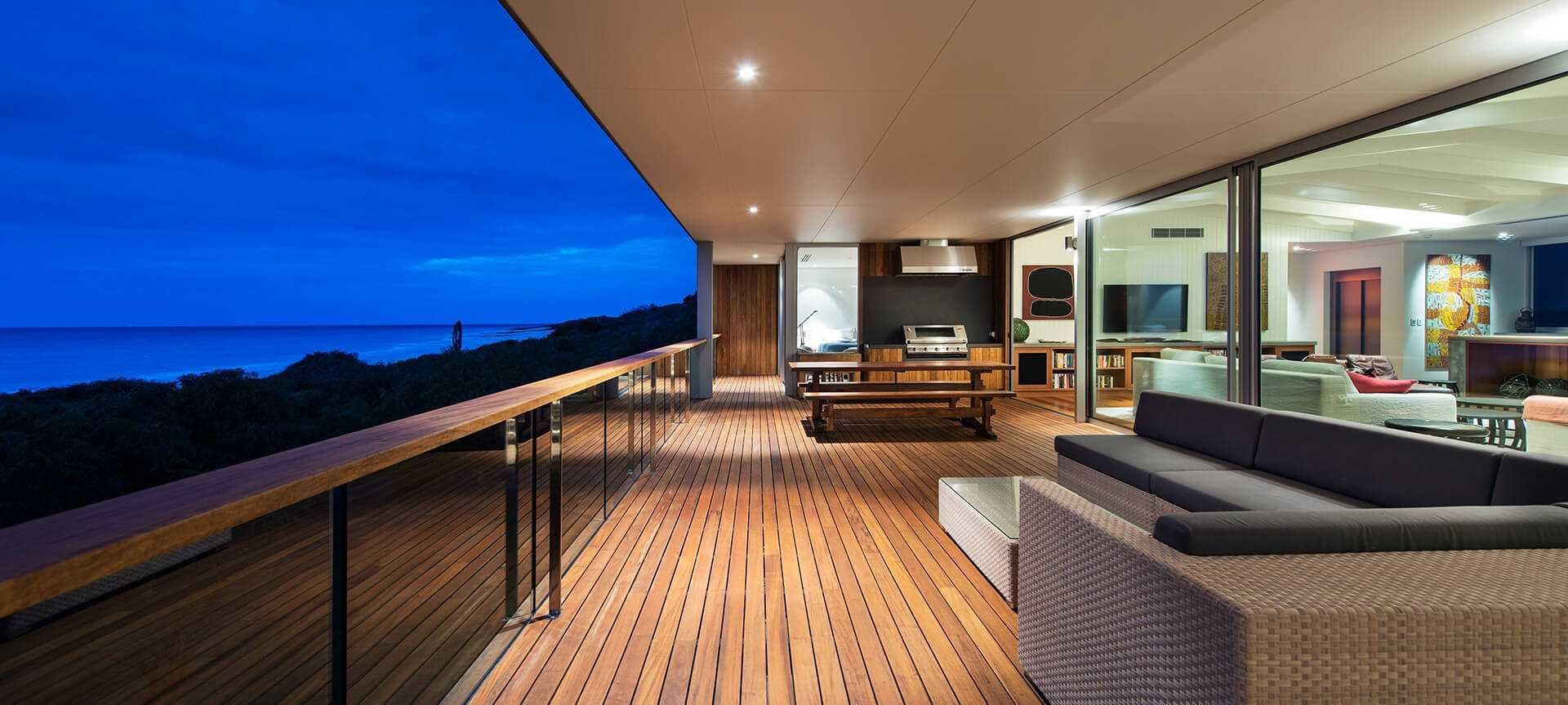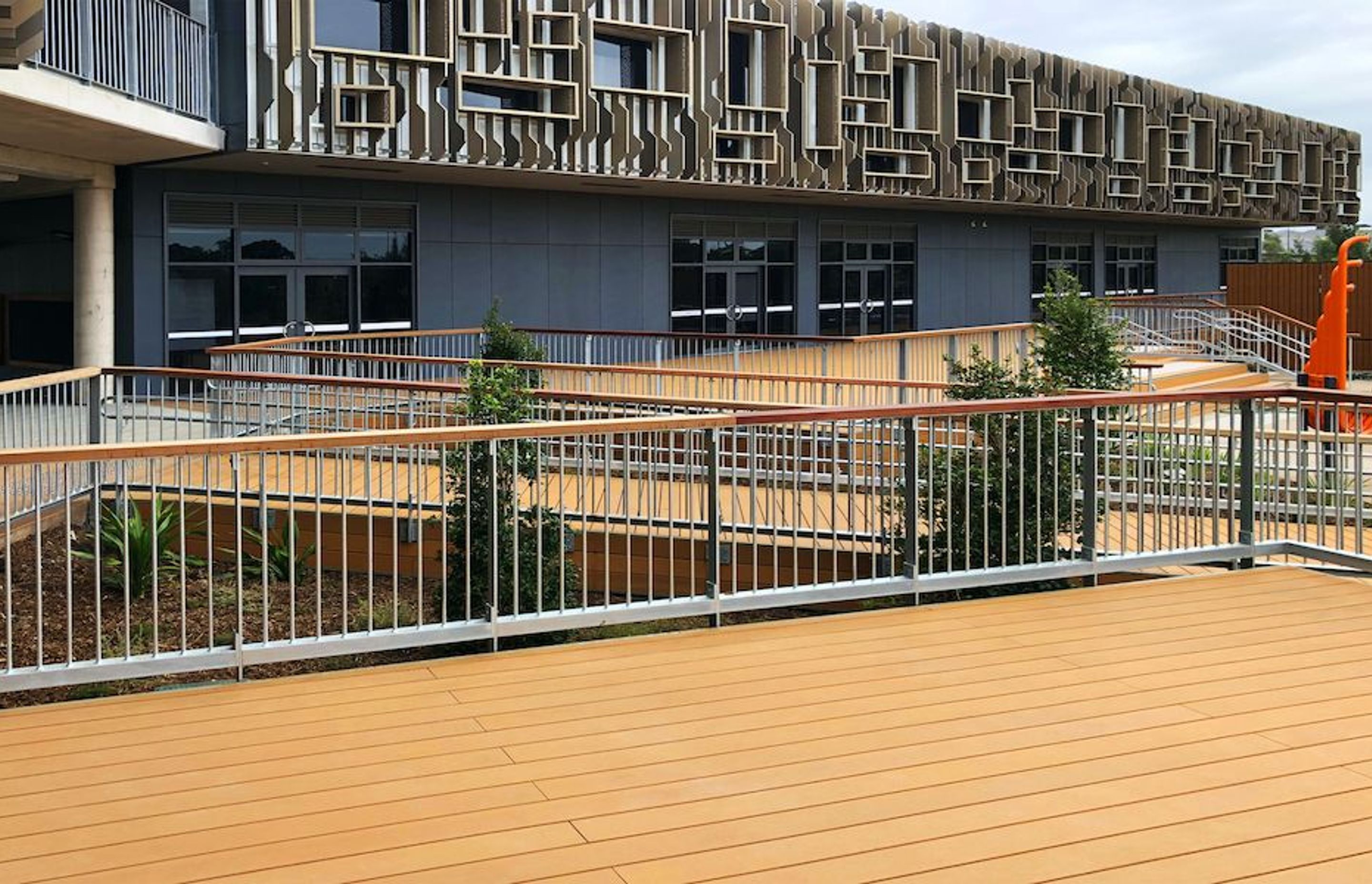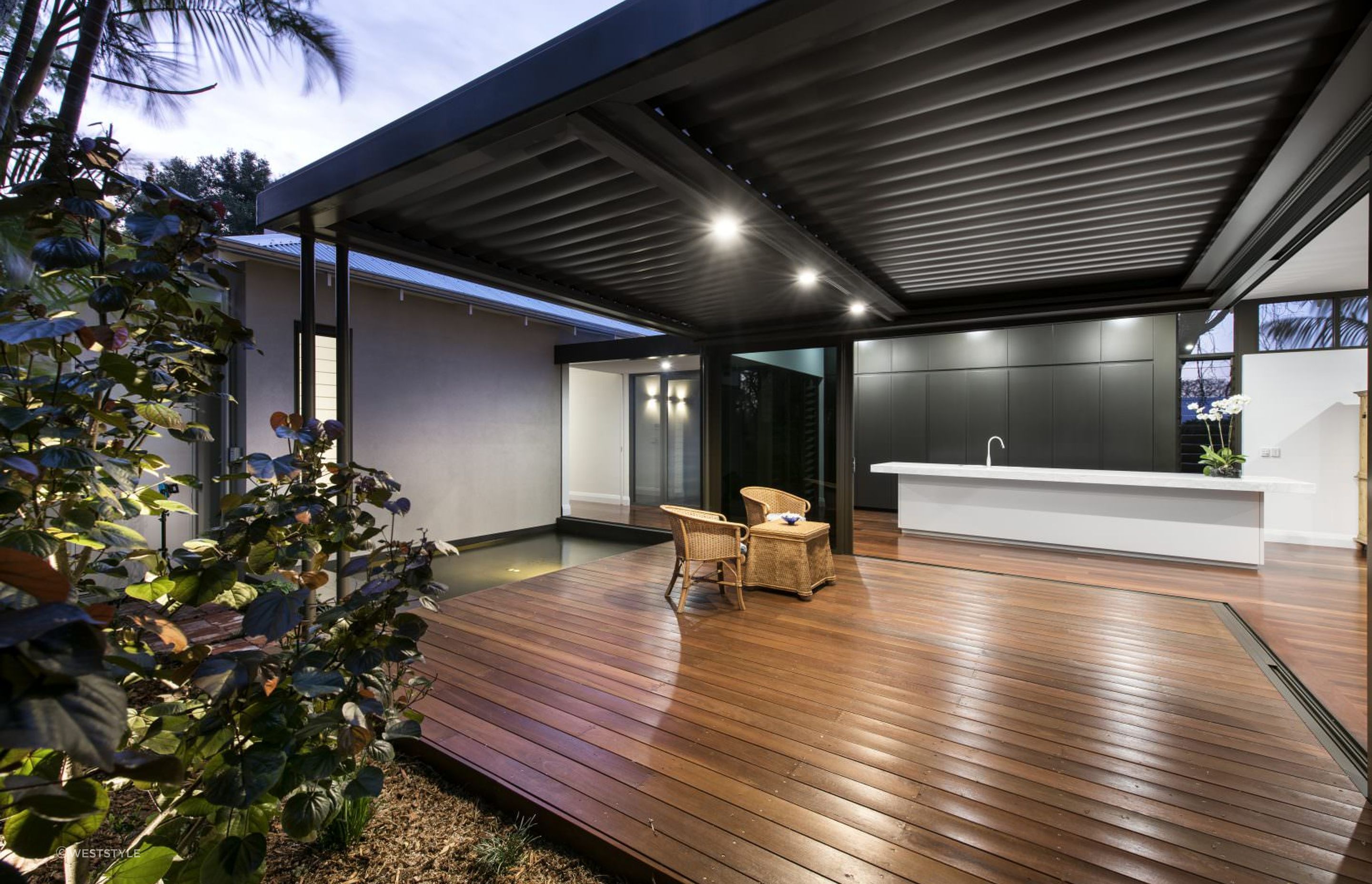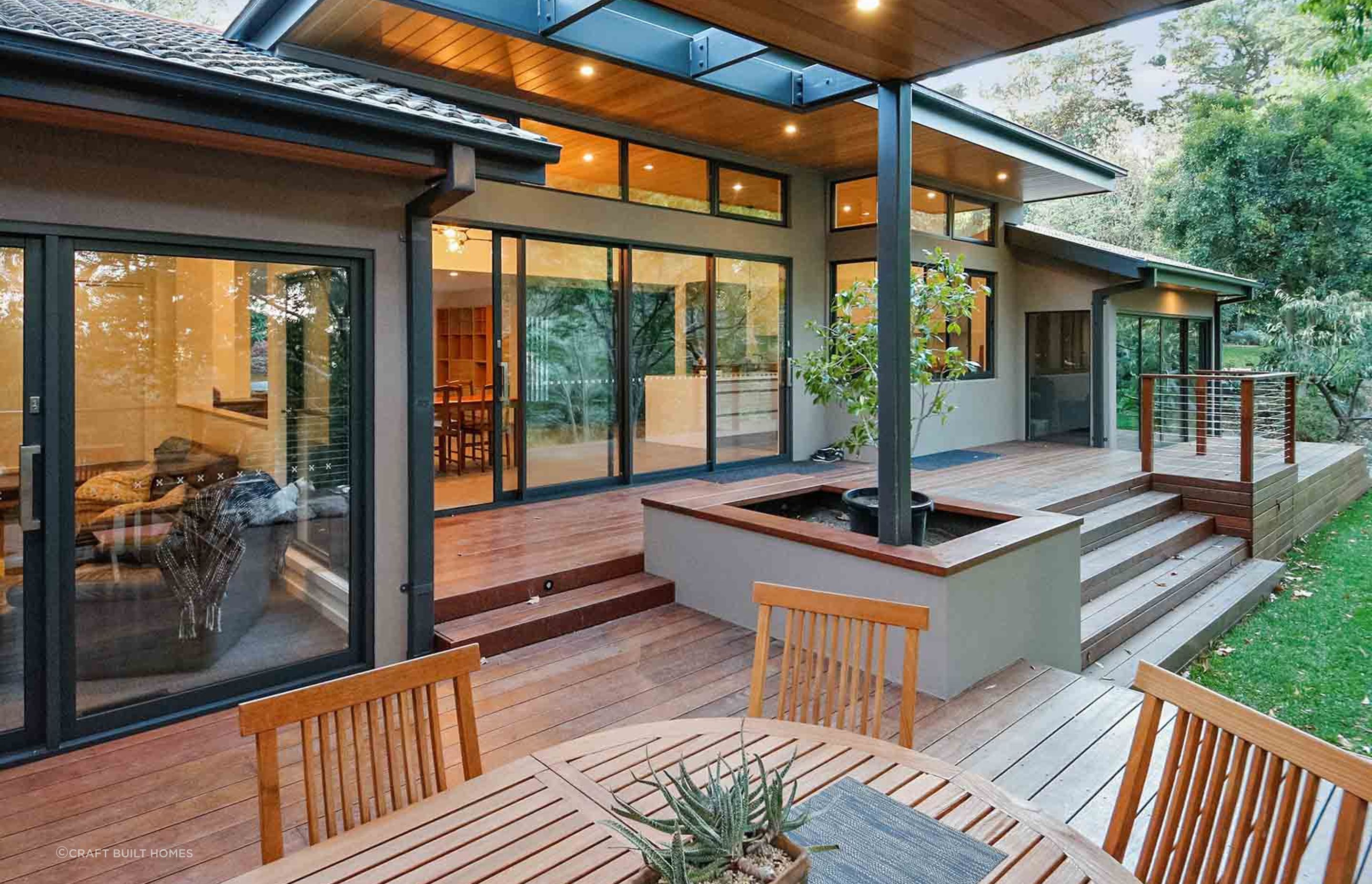13 decking timber options - which type is best for you?

There are many things to consider when trying to decide what the best decking timber is for your decking project. Different types of decking timber have different looks and different physical properties, some of which may or may not be suitable for your home environment.
Our simple guide covers the best woods for decking currently available in Australia which will hopefully shed some light on your important decision.
1. Accoya decking
Accoya is a modified timber that has the appearance of tropical hardwood timber. The modification process has made it an extremely durable option for decking. For example, swelling and shrinkage are reduced by 75% and it can last 50 years above ground. It's also virtually rot-proof.
2. Blackbutt decking
Blackbutt is a hardwood grown in the southern regions of Queensland and New South Wales. It is a robust timber that can endure harsh weather conditions very well with a little bit of care. With its natural brown-yellow colour, it’s a good option for staining. It also has a natural resistance to bushfires with a decent BAL (Bushfire Attack Level) rating.

3. Cumaru decking
Cumaru timber is a type of Brazilian teak hardwood that originates from South America. It is another type of wood that has a fantastic tropical look with its rich, golden-red hue. This can change to grey over time if left exposed to the weather. It’s a robust hardwood that will provide stability throughout the year.
4. Jarrah decking
Jarrah is an Australian classic, grown in the southwest region of Western Australia. It is a high-quality hardwood with natural colours ranging from dark brown to red. It’s got impressive strength and durability credentials with a very handy resistance to rot. It’s a great solution for outdoor decks in this country.
6. Macrocarpa decking
Macrocarpa is an exotic softwood timber characterised by a unique, light-blonde colour. It's easy to work with and able to withstand outdoor conditions with the right maintenance and care. This care involves coating them with deck oil so they can season throughout the year.
5. Merbau decking
Merbau decking, also known as Kwila, is a Southeast Asian hardwood that is easy to work with. It has a deep reddish-brown appearance that is also a treat to the eyes. Like many of its counterparts, it will age to grey when weathered. It’s an extremely durable hardwood that is chemical-free and used extensively in Australia as one of the more popular choices.
7. Metroplank decking
Metroplank is a luxurious timber decking product that actually comes in a wide range of species like Jarrah, Ironbark and Pacific Teak. It has an incredibly innovative design that allows for the natural movement of the timber with no nails rising above the boards. It’s an incredibly low maintenance option delivering longevity and enjoyment for many years.
8. Spotted Gum decking
Spotted gum is an Australian native hardwood that grows in parts of Victoria, New South Wales and Queensland. It has soft shades of brown which is pleasing to the eye while being extremely robust and durable at the same time. Like Blackbutt, it too has natural fire resistant qualities and a high BAL rating, important for those who live in high fire risk areas.
9. Pacific Teak decking
Pacific teak timber (also known as Vitex decking) is a uniquely coloured hardwood with a grey to light green appearance. Its point of difference compared to other hardwoods is that has good bending qualities with the ability to cut across the grain. Used for decks, boat building, rails and more, it is a type of hardwood decking that has an excellent finish.

10. Thermory Ash decking
Thermory Ash decking comes from North American and European forest sources. It has a deep brown colour that ages into a deep grey, however, the original colour can be preserved with proper maintenance. It’s a thermally modified timber which gives it some great advantages like increased durability and dimensional stability even when exposed to moisture.
11. Treated Pine decking
Treated pine decking is a popular timber species for outdoor spaces due to its affordability, availability, and the fact that the pine is sometimes sustainably harvested. Pine is a softwood that, in its natural state, might not be as durable or long-lasting as some hardwoods when exposed to the elements. To overcome this, the pine is treated with chemicals that make it resistant to rot and termite resistant. This treatment significantly extends its lifespan, allowing it to perform well in various climates. The pine decking boards used often have a greenish tint post-treatment, which fades to a honey or silvery grey over time, but it can also be stained or painted to fit a specific design or style.
12. Ironbark decking
Ironbark is a premier choice for decking. Known for its exceptional durability, it resists termites, decay, and even bushfires. Its deep red to reddish-brown hue enhances outdoor aesthetics, and its hard nature stands resilient against weather and wear. Built to last and naturally striking, Ironbark decking combines beauty with robustness.
13. Stringybark decking
Originating from several eucalyptus species in Australia, Stringybark is recognised by its fibrous, elongated bark. The timber's shades range between soft yellows and gentle browns, offering a warm, natural palette for decks. Whilst not as dense as certain other Australian hardwoods, Stringybark remains sturdy, especially in residential decking projects. Its durability ensures a lasting surface suitable for high footfall areas such as patios, pool surrounds, or verandas. Additionally, its distinctive grain patterns provide a rustic touch, making Stringybark decks a visually appealing choice that combines beauty with practicality.
Discovering the best timber decking for you
As you can see there are a number of timber decking options that could very well be the perfect material for building your deck. So long as you pay attention to the practical needs and aesthetic qualities of your options, you’ll be in a great position to make the right choice for you.
Related article: How to select the best decking material for your home



